Family Day in British Columbia isn’t just a holiday; it’s an opportunity to bond and create lasting memories with loved ones. In the heart of this picturesque province, families can find a unique way to celebrate this special day – through the adventurous and rewarding activity of mushroom foraging.
Family mushroom picking is an activity that combines the beauty of nature with the thrill of discovery. Whether you’re a seasoned forager or a curious newbie, exploring British Columbia’s lush forests in search of these natural treasures promises an unforgettable family experience.
The Beauty of British Columbia: BC Family Outdoor Activities
British Columbia, a jewel in Canada's crown, is renowned for its diverse and breathtaking landscapes. From the dense, rain-soaked forests of the coast to the serene woodlands of the interior, discovering British Columbia’s wilderness offers a rich tapestry of natural habitats. These ecosystems are a haven for wildlife and a paradise for mushroom enthusiasts. The temperate climate and abundant rainfall create the perfect conditions for various fungi to thrive.
As families traverse through these enchanting forests, they’re not just on a hunt for mushrooms; they’re witnessing the splendour of nature’s artistry. The towering trees, moss-covered grounds, and the gentle rustle of leaves underfoot form a backdrop that is as therapeutic as it is beautiful. In these moments, away from the hustle of everyday life, families can truly connect with nature and each other. British Columbia’s wilderness becomes a classroom without walls, where every step is a lesson in nature’s wonders.
Getting Started with Mushroom Foraging
Embarking on a mushroom foraging adventure in British Columbia requires some preparation to ensure a safe and enjoyable experience for the whole family. Here are some essential mushroom-picking safety tips and gear to consider before heading out into the woods:
Essential Gear and Supplies:
1) A Good Field Guide: Invest in a reliable British Columbia mushroom foraging guide specific to British Columbia or the Pacific Northwest. This will be your go-to resource for identifying various mushroom species and allowing for safe mushroom identification.
2) Proper Clothing: Dress in layers and consider the unpredictable weather. Waterproof boots and rain gear are advisable, as the terrain can be damp.
3) Foraging Tools: A small knife or scissors for harvesting mushrooms and a brush for cleaning them are essential. A basket or a breathable bag is ideal for carrying your finds, as it allows the spores to spread and contribute to future growth.
4) Navigation Tools: While many foraging spots are well-trodden, it’s crucial to have a map, compass, or GPS device, especially in remote areas where cell service might be spotty.
5) First Aid Kit: Always carry a basic kit for unexpected scrapes or insect bites.
Basic Guidelines and Mushroom Foraging Tips:
1) Never Eat Unknown Mushrooms: This cannot be overstated. Misidentification can lead to serious health risks. There are many edible mushrooms in BC, but only consume mushrooms that you are 100% certain are edible.
2) Start with the Basics: Focus on learning a few common, easily identifiable species before branching out to more complex varieties.
3) Foraging Ethics: Teach your family the importance of sustainable foraging. This includes not overharvesting and avoiding damaging the habitat.
4) Be Aware of Your Surroundings: Keep an eye on children at all times and stay aware of potential hazards like steep slopes, slippery ground, or wildlife.
5) Local Regulations: Check for specific regulations or permits required for foraging in certain areas.
As a family, mushroom foraging can be more than just a hobby; it’s a journey to understanding nature's intricate systems. With the right preparation and respect for the environment, it can be a fulfilling and educational experience for everyone involved.

Popular Mushroom Foraging Spots in British Columbia
British Columbia is dotted with numerous family-friendly foraging spots, each offering a unique landscape and a variety of fungi. Some popular locations include:
Pacific Spirit Regional Park, Vancouver: Easily accessible and family-friendly, this park is a great starting point for beginners. Here, you can find chanterelles, honey mushrooms, and more during the right season. However, mushroom harvesting is prohibited in this park, so enjoying a mushroom-filled stroll would be the best option.
Cumberland Forest, Vancouver Island: Known for its rich biodiversity, Cumberland Forest is a haven for more experienced foragers. The area is abundant with chanterelles and porcinis, especially after the first fall rains.
Whistler and Blackcomb Mountains: Beyond their winter sports fame, these mountains are a forager's paradise in the warmer months. The coniferous forests here are home to a variety of boletes and morels.
A reminder that mushroom picking is not allowed:
Each location boasts its own array of mushrooms, but they all share the common beauty of British Columbia's wilderness. It's important to remember that each area might have specific rules or recommended seasons for foraging. Beginners should consider joining a guided foraging tour or kid-friendly mushroom foraging areas, which can provide valuable insights into the practice and ethics of sustainable mushroom harvesting.
Educational Aspects of Mushroom Foraging
Mushroom foraging isn’t just a leisurely pastime; it’s a rich educational nature trip experience, especially for children. As they navigate through the forests of British Columbia in search of different fungi, they engage in a hands-on learning experience about nature and ecology. Foraging teaches children about the life cycle of mushrooms and their role in the ecosystem as decomposers. It also enhances their observational skills as they learn to spot subtle differences between species and understand the importance of each species within its habitat.
Incorporating elements of biology and environmental science, parents can use foraging as an opportunity to discuss broader topics such as biodiversity, conservation, and the delicate balance of ecosystems. It's also a chance to instill values of respect for nature and understanding the impact of human actions on the environment.
Eco-Friendly Foraging: Wild Food Gathering
Once you’ve safely identified and gathered your mushrooms, there’s a world of culinary possibilities. Chanterelles can be sautéed and served over toast or incorporated into pasta dishes. With their rich and earthy flavour, morels are excellent in risottos or paired with meats. On the other hand, pine mushrooms are a delicacy in many cultures and can be used in various dishes, from simple stir-fries to elaborate sauces.
Teaching children to cook with the mushrooms they’ve foraged provides a sense of accomplishment and introduces them to new flavours and cooking skills. It’s essential, however, to always cook wild mushrooms thoroughly, as some can be harmful or less digestible when raw.
The Importance of Sustainable Foraging in British Columbia
Sustainability is a crucial aspect of mushroom foraging. It involves understanding and practicing ethical foraging to ensure that the mushroom populations and their habitats remain unharmed for future generations. This includes:
1) Harvesting responsibly: Avoid picking young, immature mushrooms, and leave enough behind for regeneration.
2) Respecting the habitat: Stick to trails where possible and avoid trampling undergrowth.
3) Following local guidelines: Adhere to regional foraging laws and guidelines, which may include restrictions on quantities and species.
Safety is paramount in mushroom foraging, especially when involving children. Apart from never consuming unidentified mushrooms, it’s vital to be aware of the surroundings, including potential wildlife encounters and weather changes. Teaching children about these aspects ensures their safety and helps them develop a responsible attitude towards nature and outdoor activities.
By combining the joy of discovery, the thrill of the hunt, and the satisfaction of learning, mushroom foraging becomes more than just a Family Day activity. It’s an enriching experience that brings families closer to nature and to each other, fostering a lifelong appreciation for the natural world.
Family Adventure in Nature
As our journey through the enchanting forests of British Columbia comes to a close, it's clear that mushroom foraging is more than just a hobby; it's a gateway to creating lasting family memories and a deeper connection with nature. This unique activity offers a blend of adventure, education, and the simple joys of spending quality time together. Whether you’re a local or a visitor, the experience of foraging for mushrooms in the diverse landscapes of British Columbia provides an opportunity to bond with family in a way that is both meaningful and fun.
As we encourage families to venture out and explore the natural beauty of British Columbia, we also hope this experience inspires a sense of stewardship for the environment. By teaching our children the importance of sustainable practices and respect for nature, we nurture future generations of environmentally conscious individuals.
Each mushroom you find, each trail you explore, and each moment you share is a thread in the tapestry of family memories that will be treasured for years to come.


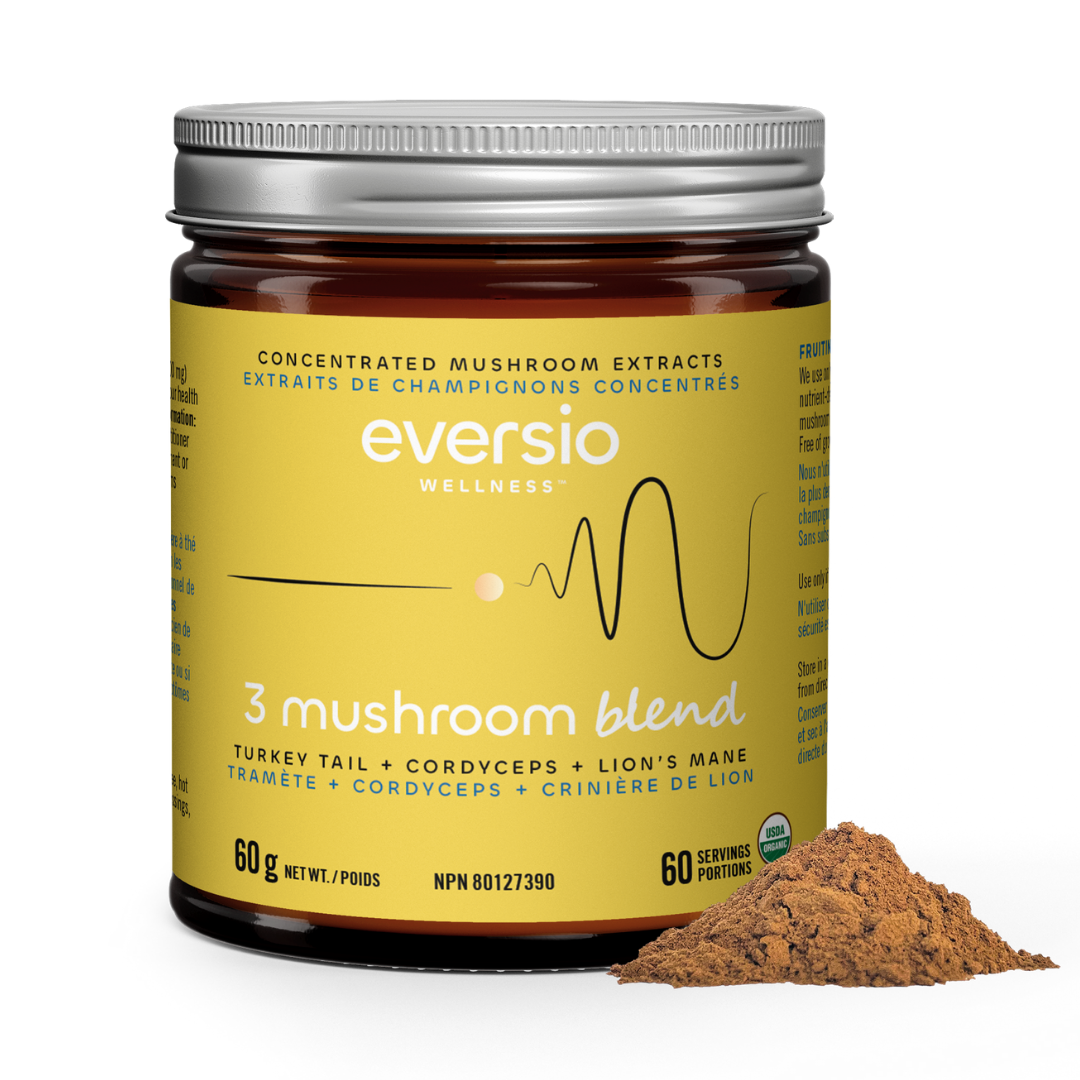
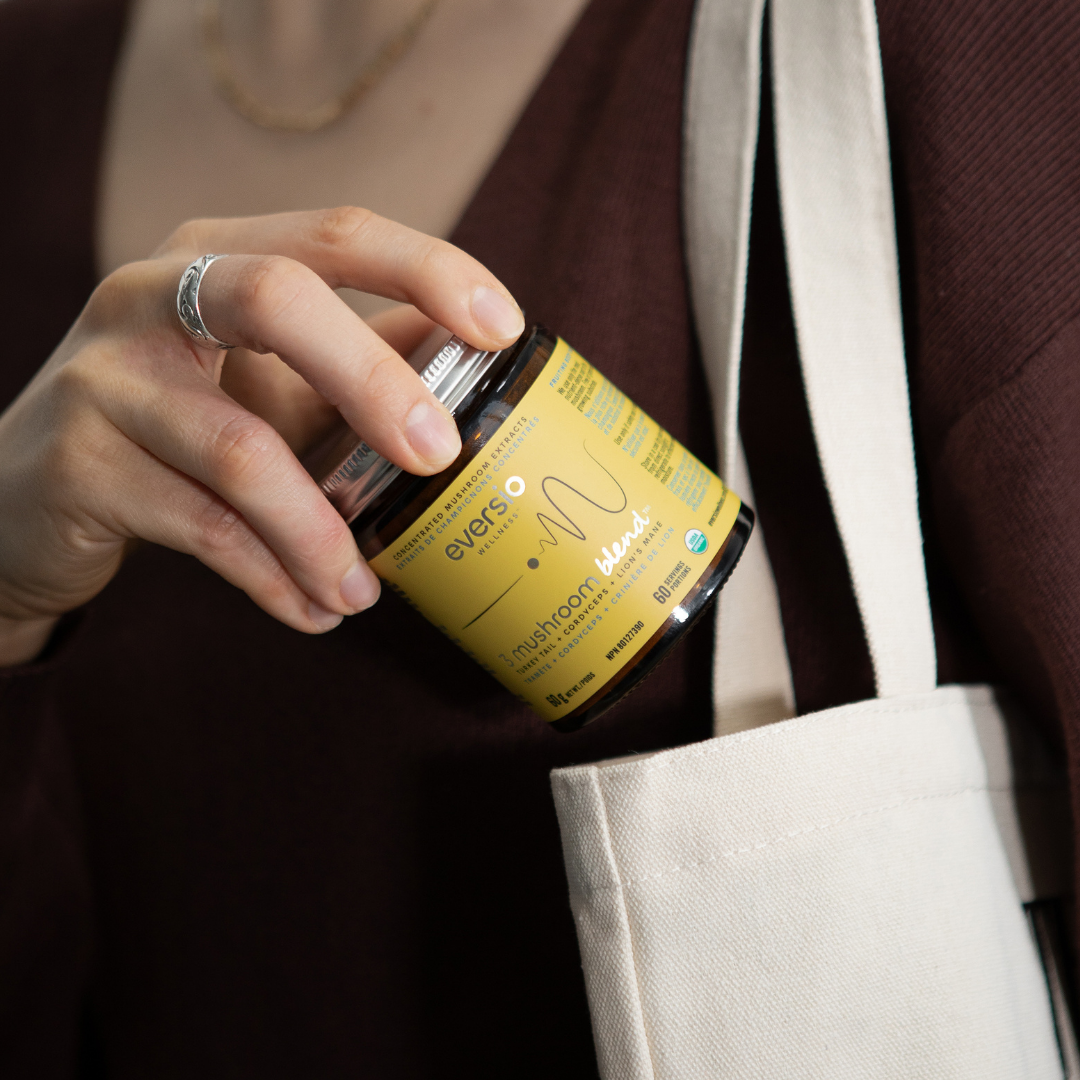
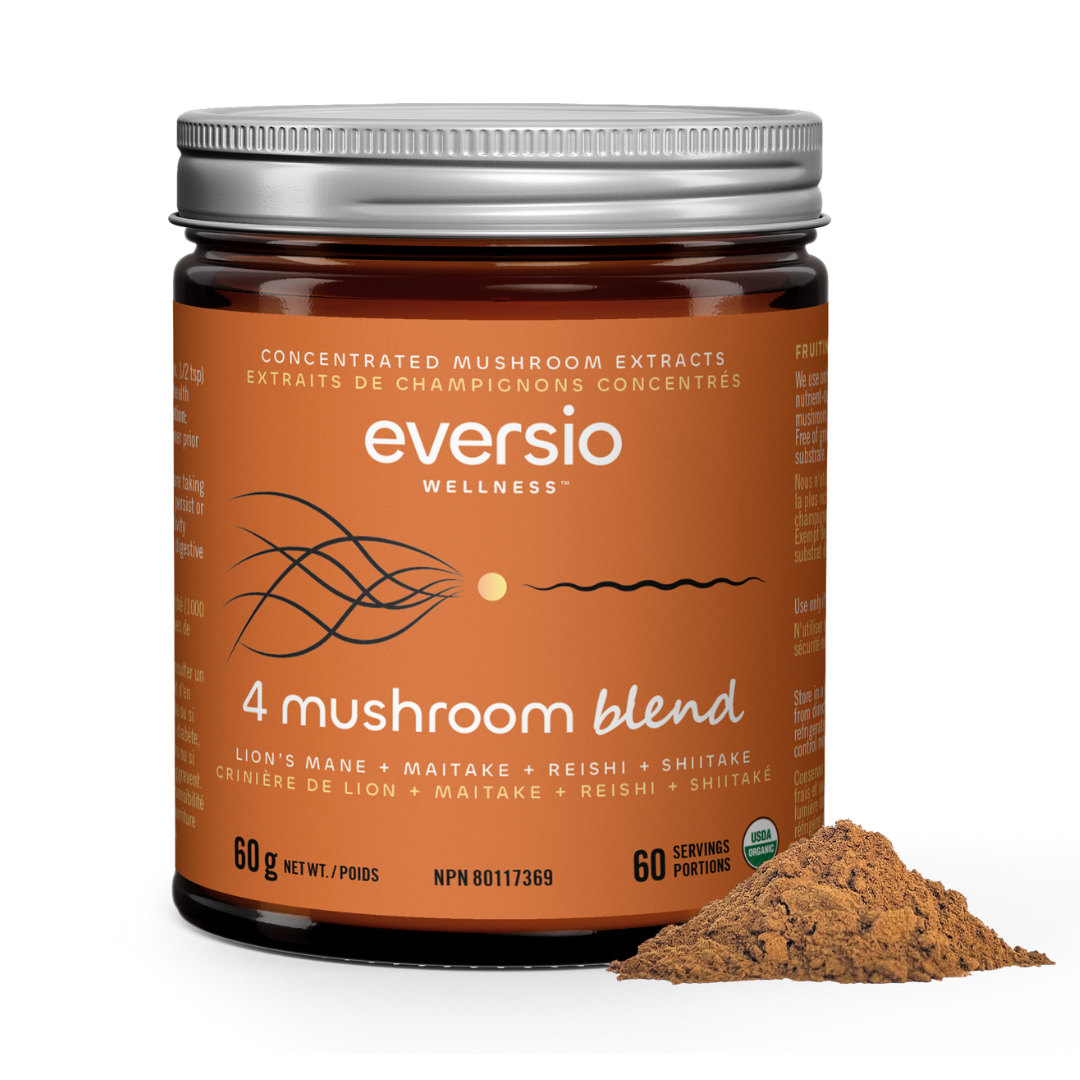
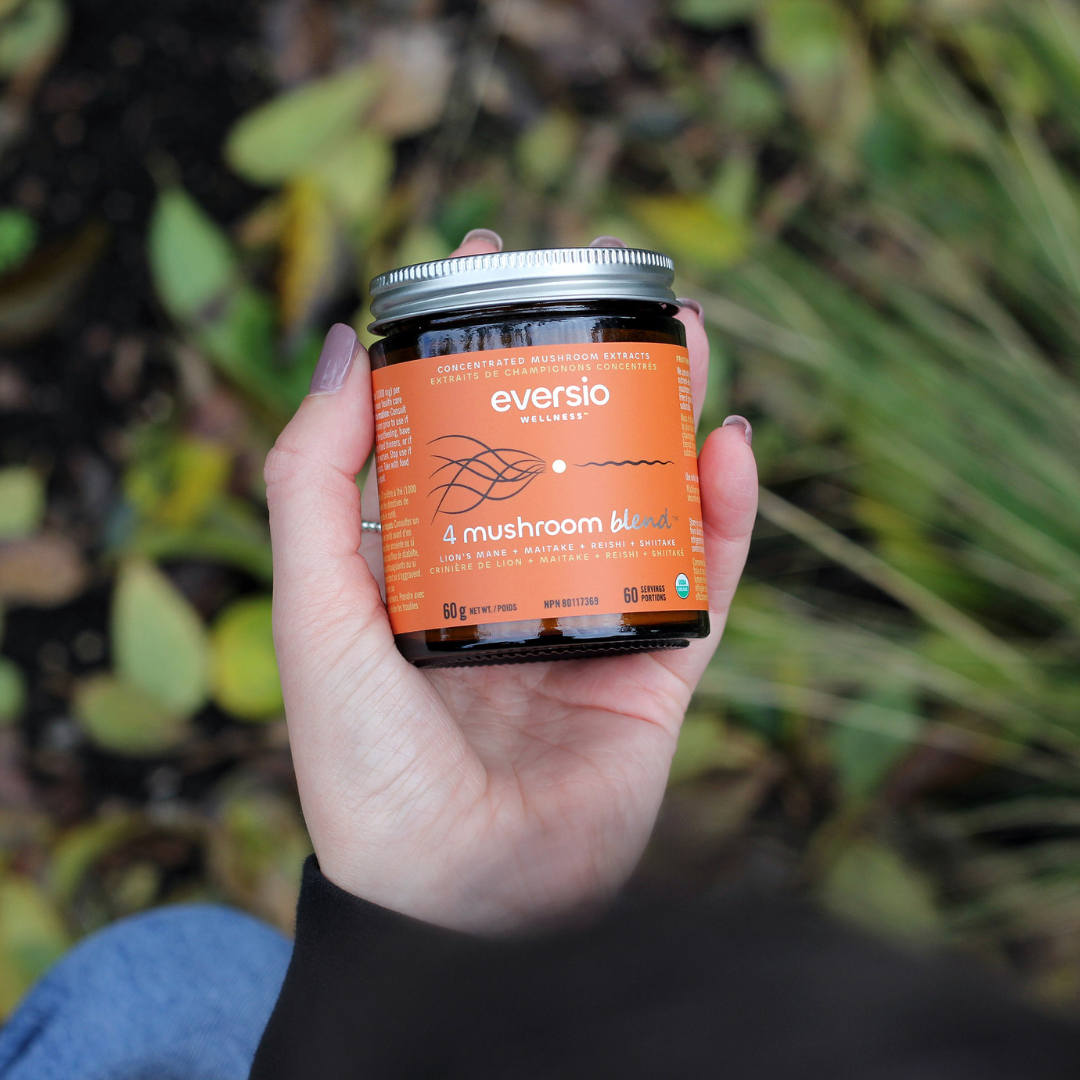
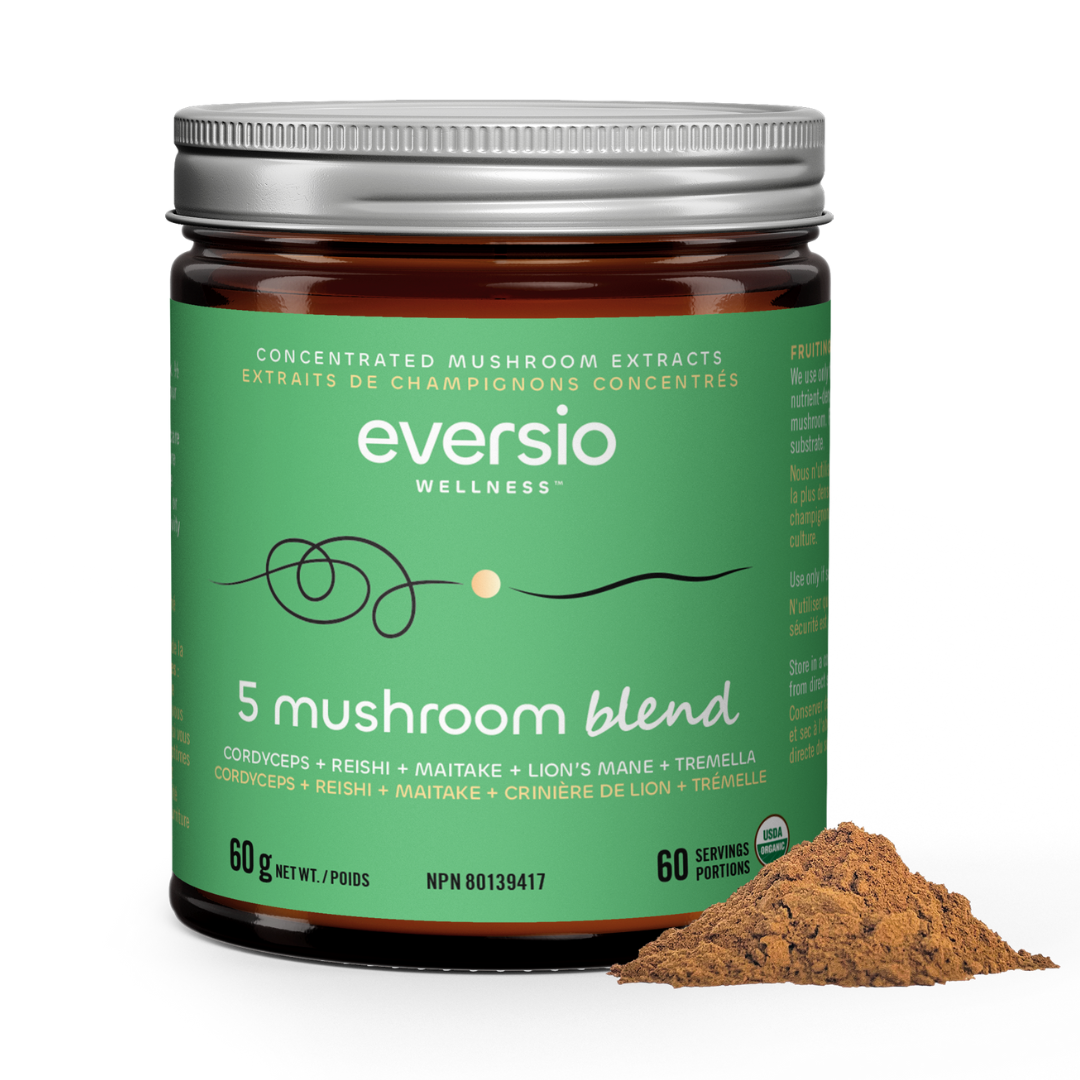
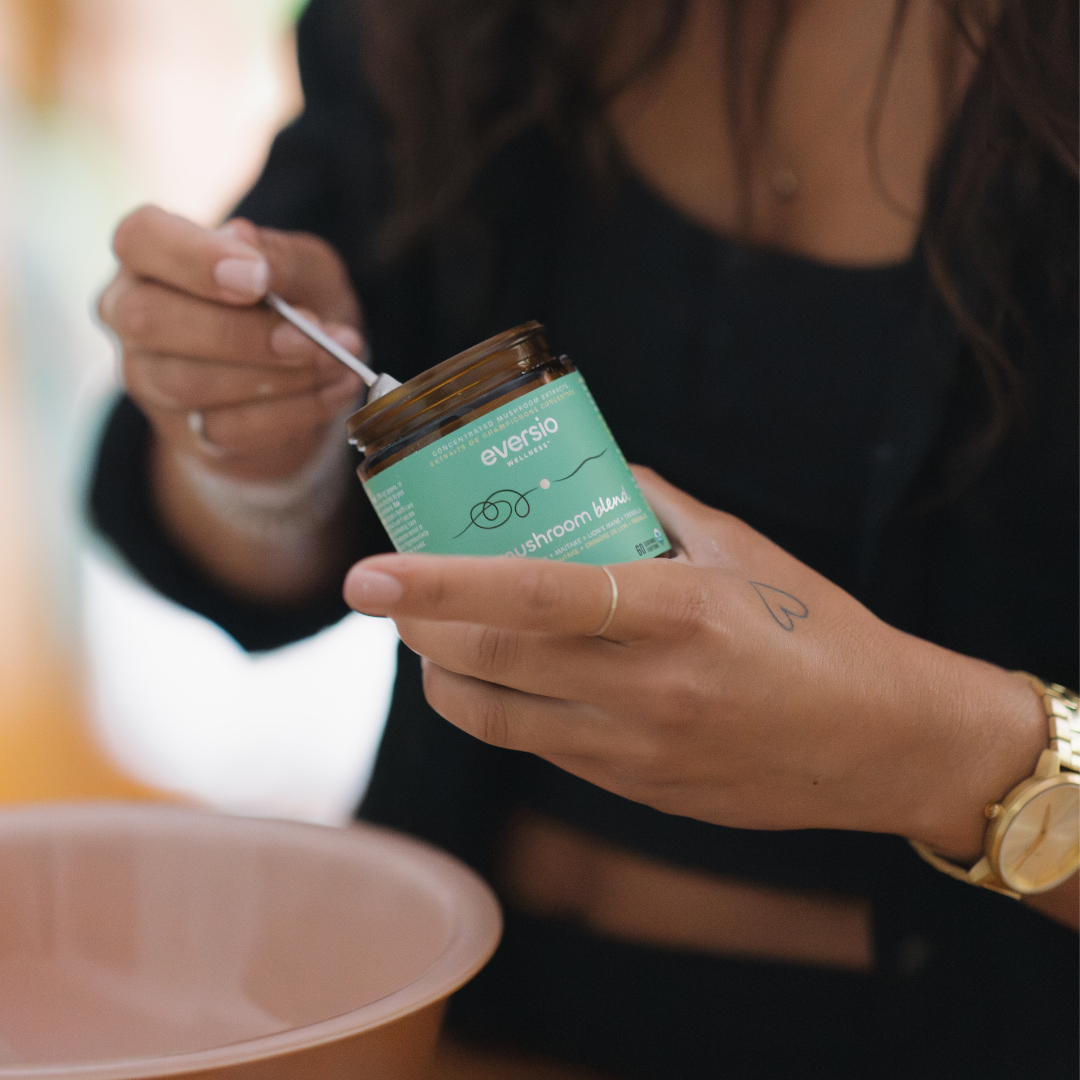

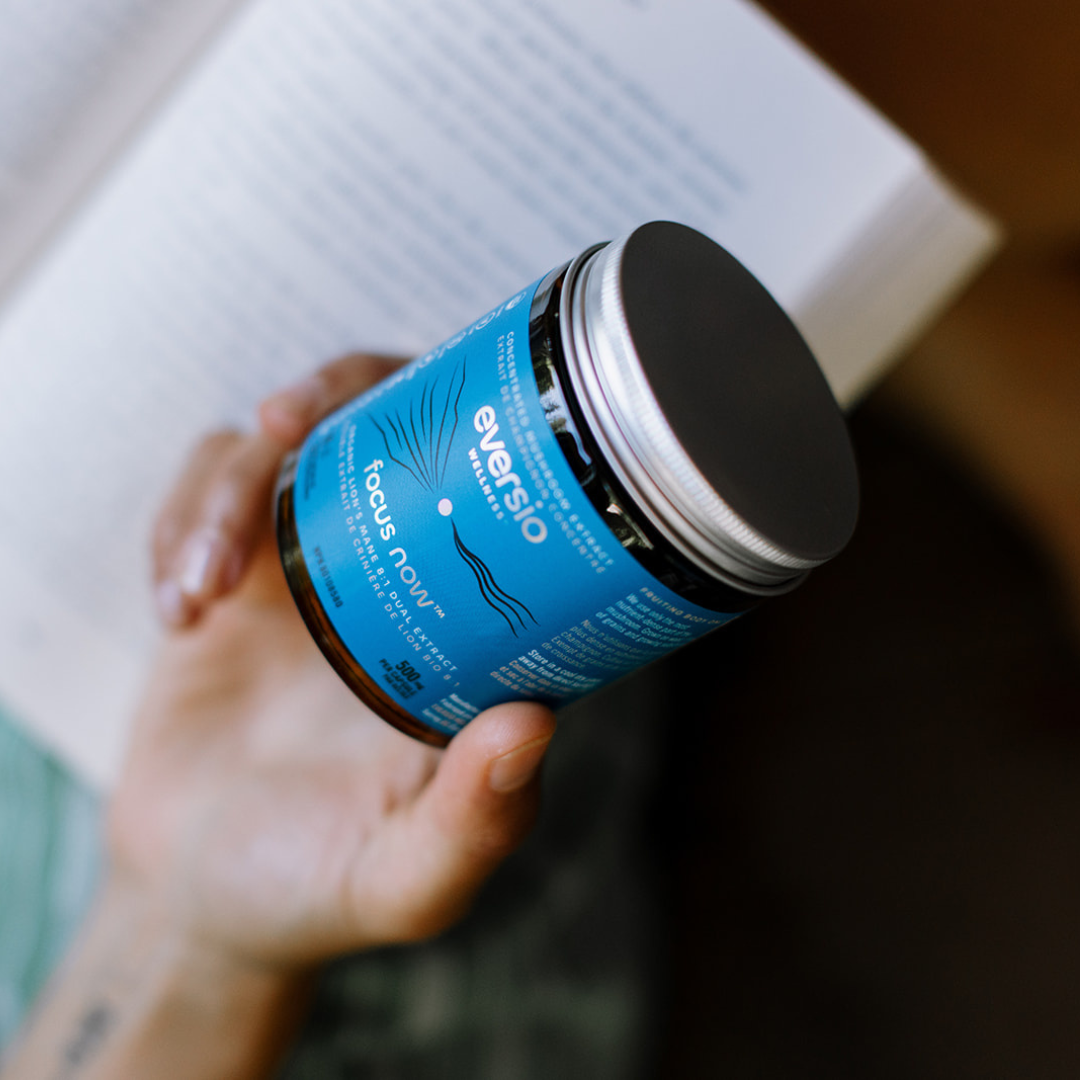
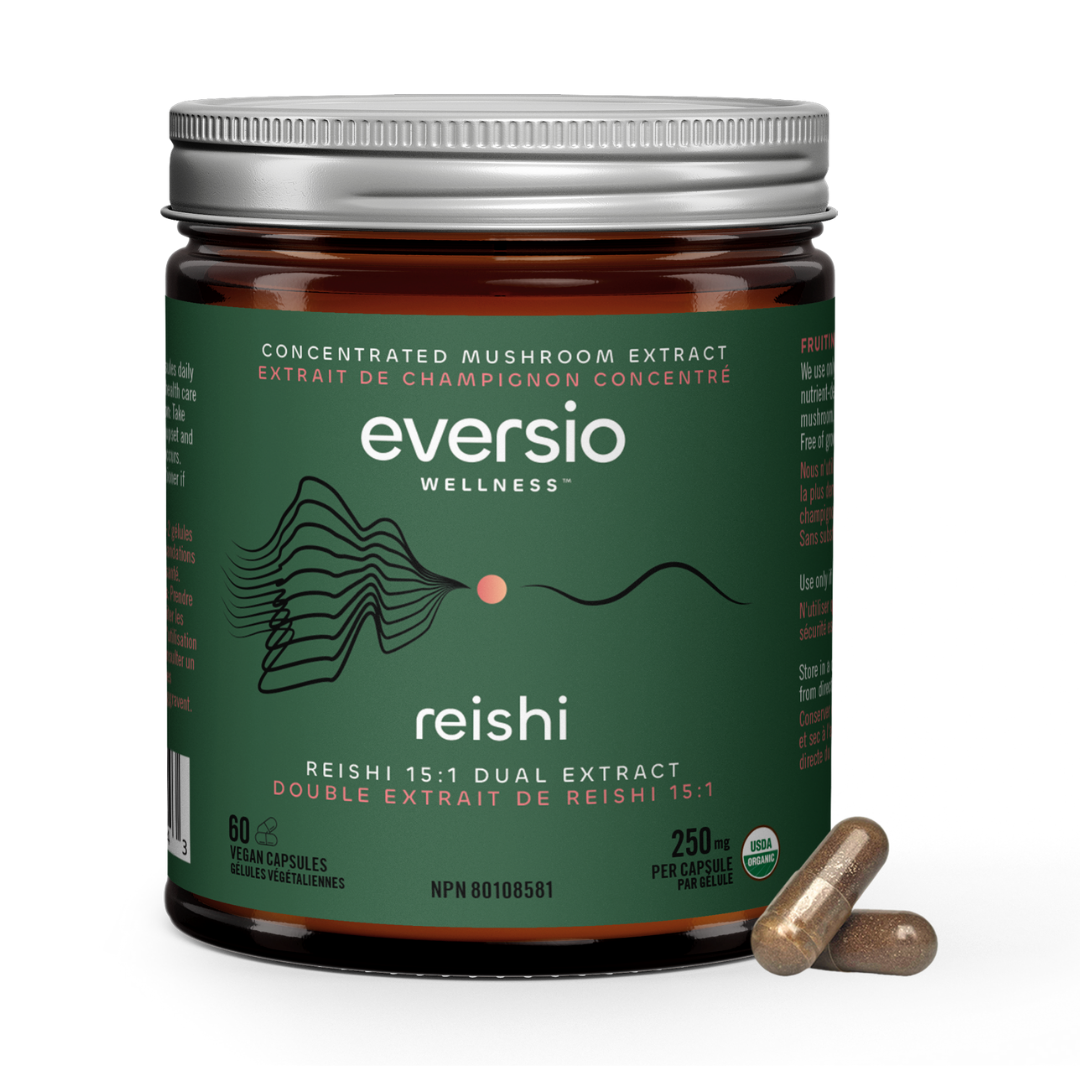
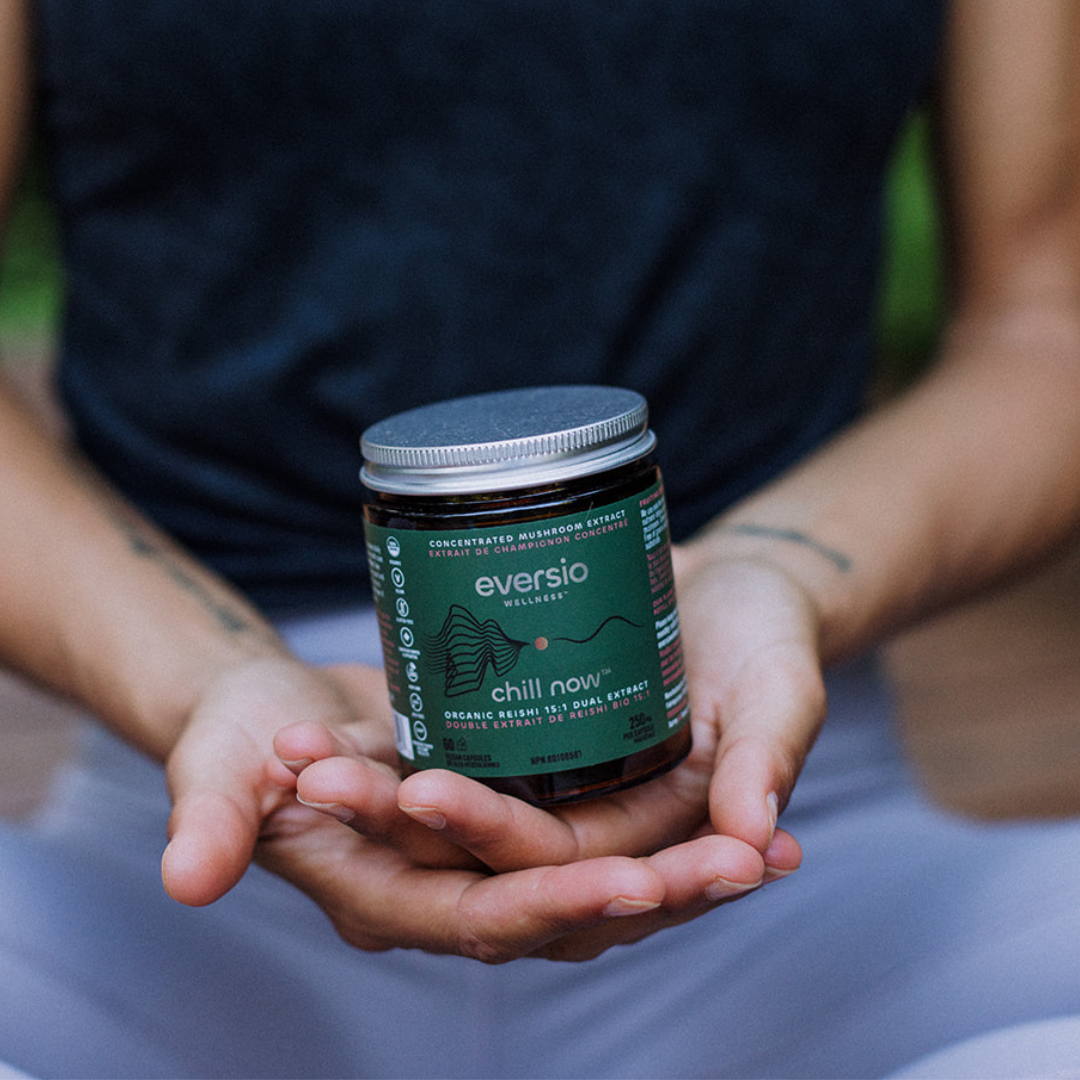
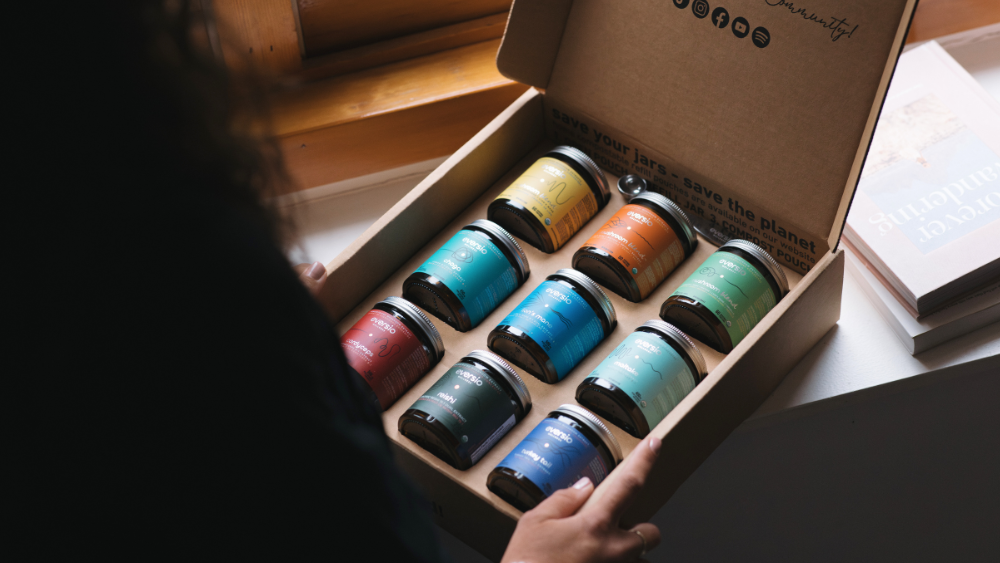




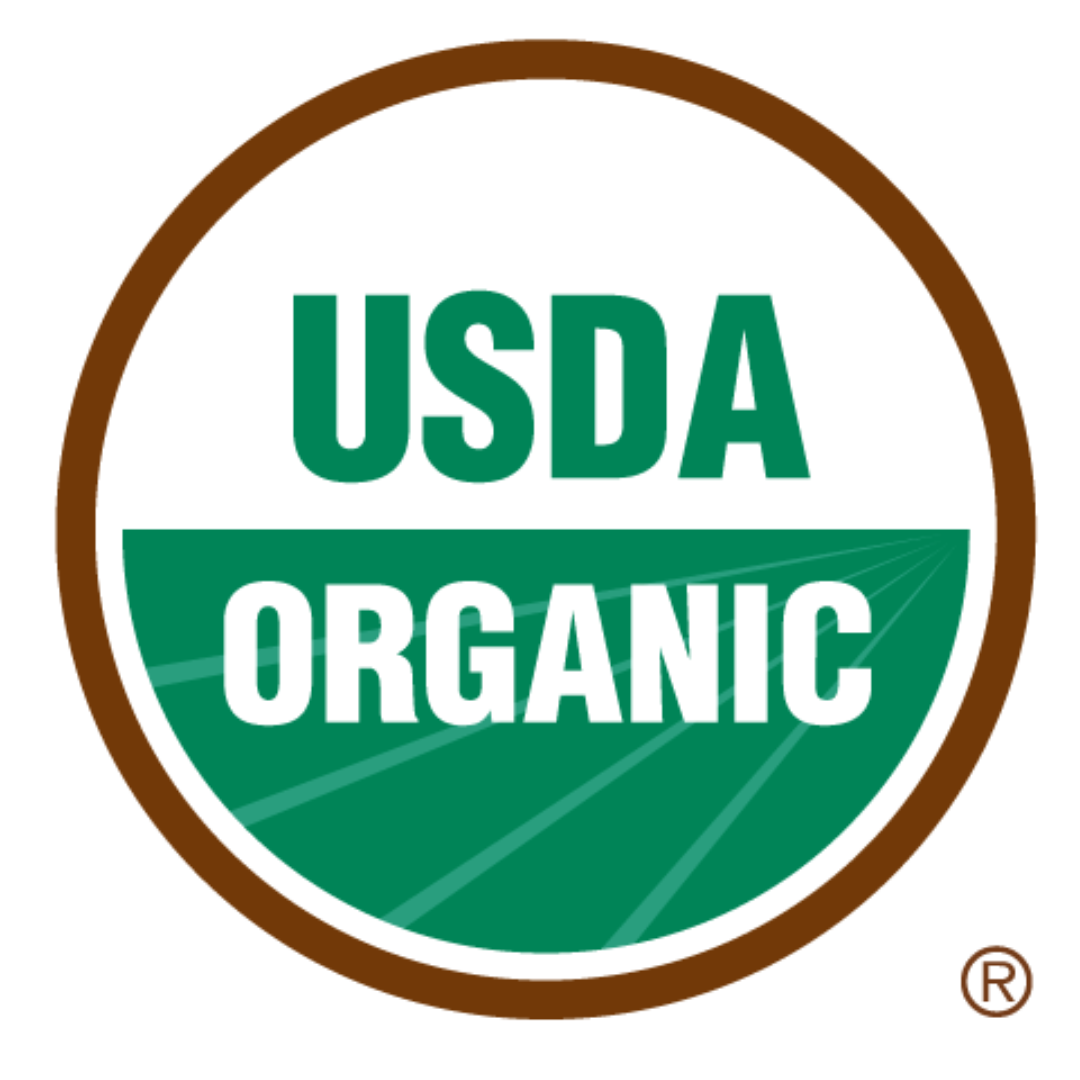


Leave a comment
All comments are moderated before being published.
This site is protected by hCaptcha and the hCaptcha Privacy Policy and Terms of Service apply.